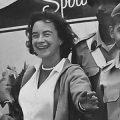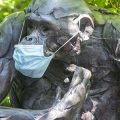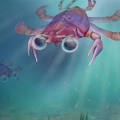Women Who Defy
Ellen Stofan, the first female director of the National Air and Space Museum, shares the stories of women who inspire her—women who defied conventional wisdom, who defied preconceptions, who defied the odds.
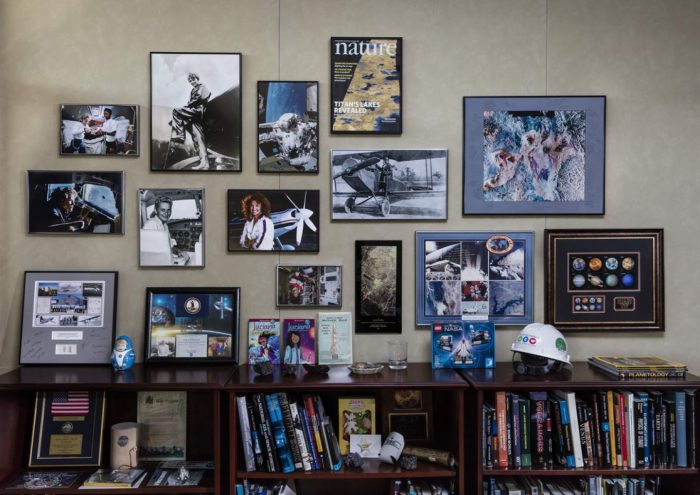
This wall of photography from National Air and Space Museum director Ellen Stofan celebrates inspiring women in aviation and space. Clockwise from upper left: Jan Davis and Mae Jemison, Amelia Earhart, Peggy Whitson, Bessie Coleman, Ellen Ochoa, Patty Wagstaff, Jerrie Cobb, and Kathryn Sullivan. (Photo by Mark Avino)
At the National Air and Space Museum, we tell stories of aviation and spaceflight that often begin with improbable dreams, overwhelming odds, or limited expectations. While our visitors marvel at the accomplishments we celebrate in our halls, the chance for inspiration doesn’t stop there. It’s also in the character of the thinkers, dreamers, and pioneers whose ideas persevere despite setbacks and barriers.
In short, we tell the stories of ideas that defy: Ideas that defy preconceptions. Ideas that defy conventional wisdom. Ideas that defy odds.
But with the launch of the Smithsonian American Women’s History Initiative and the social media campaign #BecauseOfHerStory earlier this year, I realized we could take that concept a step further. We tell stories of women who defy. Women who were told there wasn’t a place for them in aviation and space, and stared right back and said, “Yes there is.”
Every female first is a beacon to young women around the world that there is a place for them in that industry, that job, or that opportunity.
In my office at the Museum, I have a wall of photographs that celebrates some of the groundbreaking women who inspire me. After I discussed the wall during an interview on the Today show, many have asked to learn more about the women featured, so I wanted to share some of their stories with you.
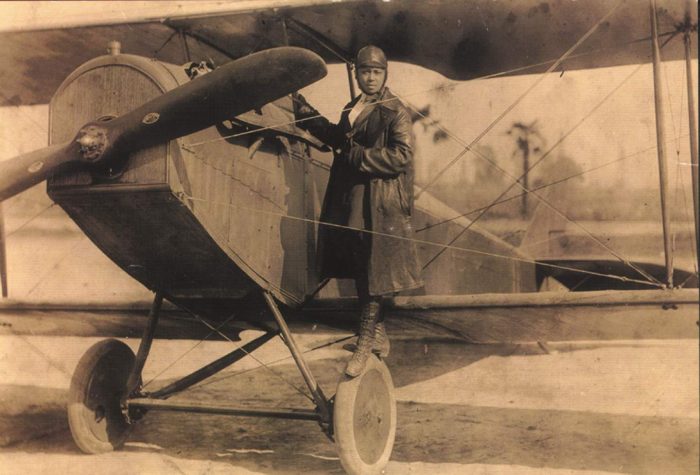
Bessie Coleman, the first African American licensed pilot shown here on the wheel of a Curtiss JN-4 “Jennie” in her custom designed flying suit (circa 1924).
We see this time and again in the stories we tell at Air and Space.
Geraldyn “Jerrie” Cobb was a skilled pilot who set three world aviation records and went on to become of the few women executives in aviation at the time. In the early 1960s, she underwent the same physical tests as the original Mercury astronauts as part of the Lovelace Women in Space program. Jerrie underwent the same rigorous testing program NASA used to select astronauts, passing all the training exercises and ranking in the top two percent of all astronaut candidates. After the program ended, she worked as a consultant to NASA on the future development of women as astronauts.
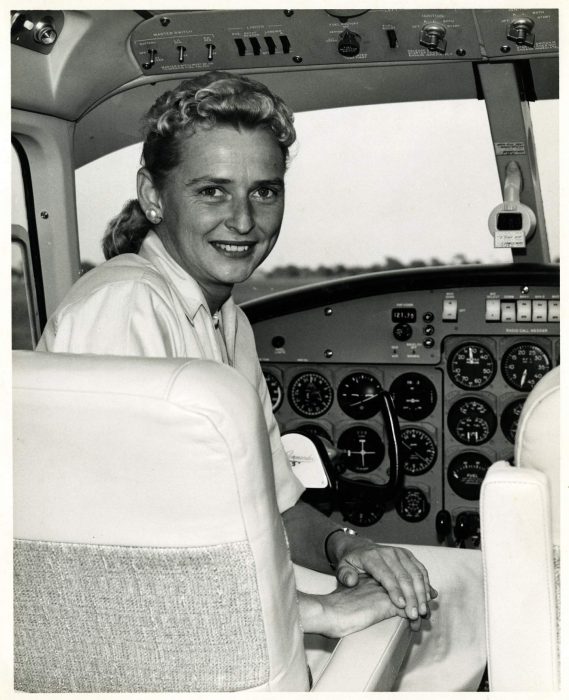
Informal portrait of Geraldyne “Jerrie” Cobb in the cockpit and at the controls of an unidentified airplane – possibly her Britten-Norman BN-2A Islander.
It didn’t happen during Jerrie’s time at NASA, but in the late seventies, six women were finally admitted to the new astronaut class. Among them was the first American woman to go to space, Sally Ride, and Kathryn Sullivan, the first American woman to perform a spacewalk, or extra-vehicular activity. I have had the honor to get to know Kathy in the years since that milestone moment, including during her time as administrator of the National Oceanic and Atmospheric Administration (NOAA). She continues to inspire me with her dedication to understanding and protecting our home planet.
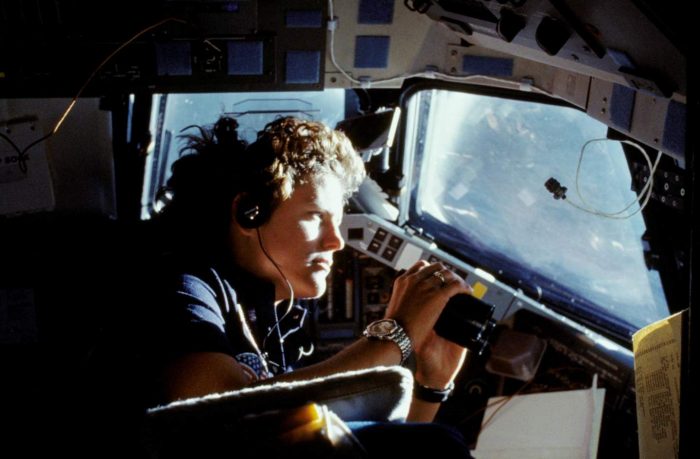
Kathryn Sullivan uses binoculars to look out the window of Space Shuttle Challenger on STS-41-G. (NASA photo)
After witnessing the first class of female astronauts, as well as the flight of Guy Bluford, the first African American man in space, physician Mae Jemison realized that there might be a place for her in space after all. She was accepted to the astronaut program in 1987 and became the first African American woman in space in 1992. She continued her career in science after leaving NASA, and has been a champion for women and minorities in STEM.
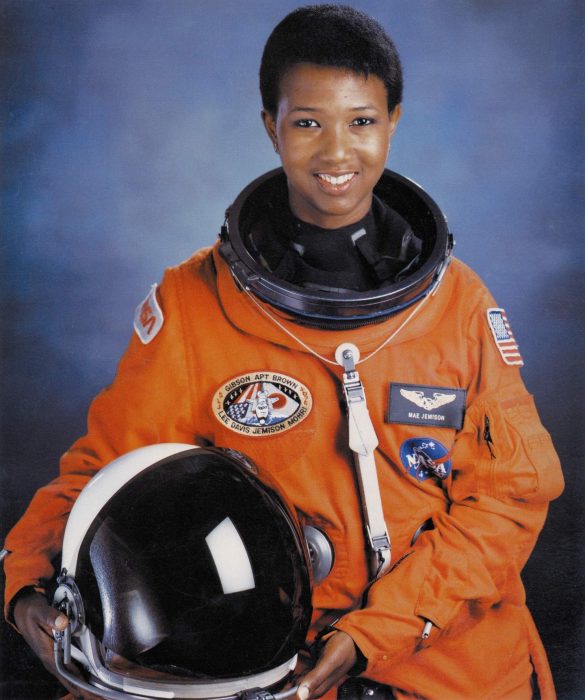
Dr. Mae C. Jemison, the first African American woman in space. (NASA photo)
Posted: 7 May 2019
-
Categories:
Air and Space Museum , Feature Stories , History and Culture , Science and Nature
